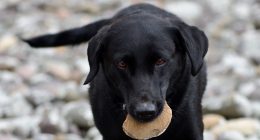You can cut off most moulds, and some add to the flavour, but beware of red and yellow. If in doubt, smell it …
• Got a culinary dilemma? Email [email protected]
Given that the blue part of blue cheese is mould and OK to eat, is it OK to eat other cheese, such as cheddar, if it’s gone mouldy?
Peter, Whitestone, Devon
The thing is, Peter, cheese is basically mould. Let’s take your example of blue: yes, the blue bits are mould, but so are the white ones. What we’re really talking about here is intentional mould versus mould that grows on the cheese, and for this, Dan Bliss, cheese buyer at Paxton & Whitfield, suggests thinking of your cheese as a petri dish: “It’s alive with mould, whatever style of cheese it is, and creates an environment where other moulds want to grow.” Those moulds aren’t necessarily going to do you harm, but they might affect the cheese’s taste. “If it’s surface mould, it’s fine to cut off, but if it has begun to ingress into the taste of the cheese, be it a hard or a soft cheese, it’s usually time to say goodbye.” As Max Melvin, senior cheesemonger and head of education at La Fromagerie, notes, “If something is so awful that you can’t get it near your face, you probably wouldn’t want to eat it anyway.”
Got a culinary dilemma? Email [email protected]



